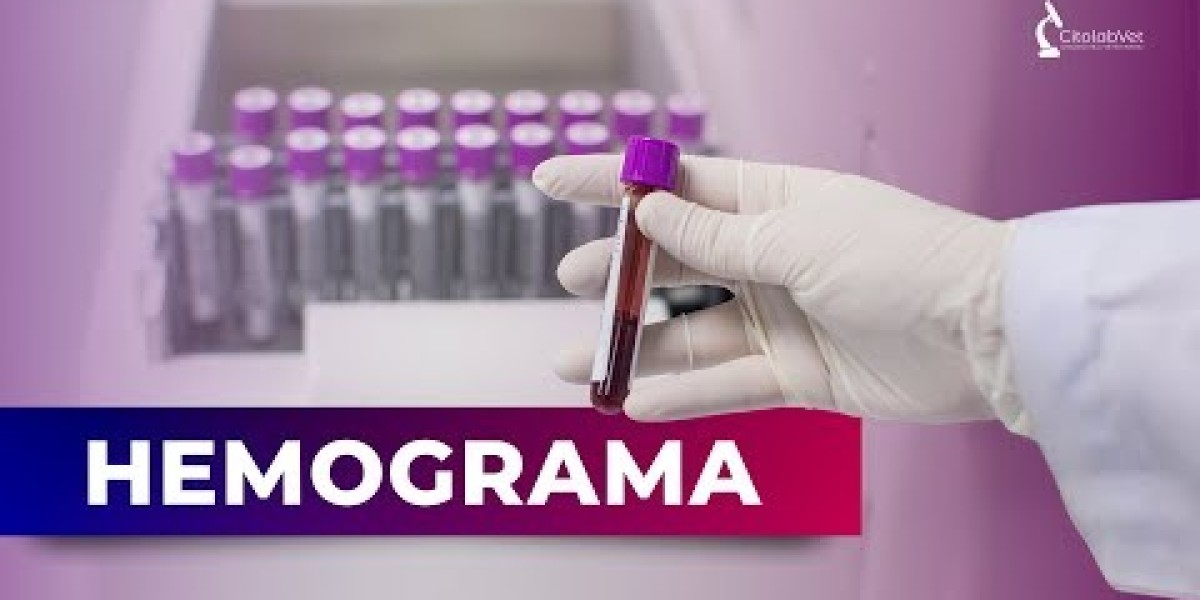Search
Popular Posts
-
 White : Bodysuits : Target
White : Bodysuits : Target
-
 5 Reasons To Consider Being An Online Best Mobility Scooters Buyer And 5 Reasons Not To
5 Reasons To Consider Being An Online Best Mobility Scooters Buyer And 5 Reasons Not To
-
 Os conjuntos masculinos de verão infantil que vão deixar os pequenos fashionistas ainda mais estilosos!
Os conjuntos masculinos de verão infantil que vão deixar os pequenos fashionistas ainda mais estilosos!
-
Bebé e infantil 0-3 años Niño a Bodies Nike ES
-
Los Vestidos Tie Dye de Moda para este【2024 】️Compra Online



